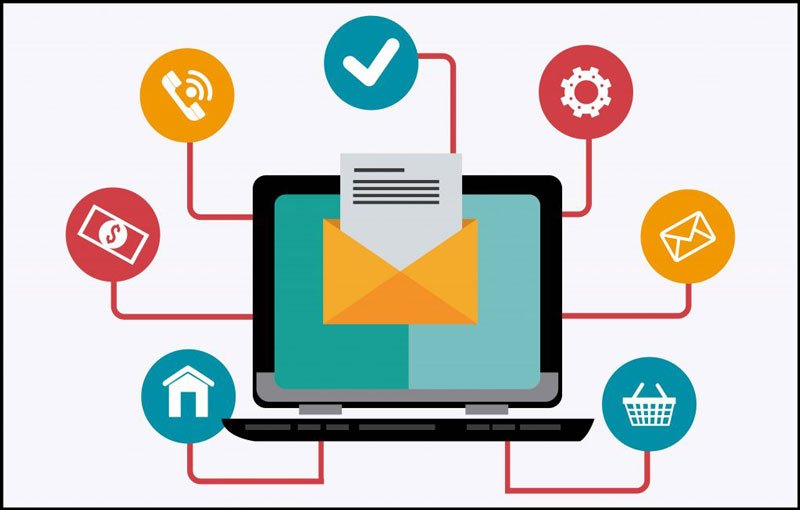4 Ways To Ensure Your Experience Metrics Stay Customer-Centric

Customer experience and service have shifted from being viewed as a cost-center to a value-add for businesses. It’s much more cost-effective to retain existing customers than it is to acquire new ones. Service teams are central to creating the customer experiences that drive retention.
A customer relationship management (CRM) system empowers service teams to deliver a compelling customer experience. Having a CRM that captures every touchpoint means service teams can fuel customer engagement, improve loyalty, and transform customers into advocates.
Salesforce research shows 79% of executives across the Asia-Pacific agree that a CRM system is instrumental in delivering seamless customer experiences. Fifty percent of those surveyed said delivering outstanding customer experience over multiple channels of engagement is a top priority for the next 12 months.
But your CRM should be viewed as always evolving. It is not set-and-forget or focused purely on vanity metrics. It’s essential that leaders measure the success of their CRM solutions against customer experience expectations. This will ensure that value is maximized, and that customer needs are truly at the heart of service delivery.
Here are four tips for service leaders to keep in mind when they are measuring the success of CRM for service teams.
1. Take a customer-centric approach to agent productivity and speed of resolution
The standard metrics of customer service agent productivity and efficiency are still important. But at the same time service teams are looking at how fast they can close a critical incident, so too can they focus on a holistic approach to the customer experience.
As soon as the focus becomes just about hitting a certain call resolution time or a certain number of cases closed, then the organization comes across as prioritizing internal service KPIs over the customer.
Knowledge articles, which are a core capability of Service Cloud, are critical to empowering service agents. With the relevant information immediately at hand, agents can get a quicker time to close with the best possible outcome for the customer.
Workplace messaging system Slack is also a useful tool for working efficiently and keeping the customer front and center. Integrated with Service Cloud, Slack enables a collaborative platform for service teams to access customer data.
We use it for case swarming, whereby a case is elevated into a Slack case form and taps into the wisdom of the wider team to get a faster resolution.
So, yes, measuring efficiency is important. But only as long as it's done through the lens of customer experience.
2. Make your customer feedback count
Customer engagement, loyalty, and advocacy are built on connected, seamless customer experience. Getting feedback about that experience is a powerful way to improve or to make necessary adjustments.
How do you get feedback? One way is to ask for it with customer experience and satisfaction metrics like Net Promoter Score (NPS) and Customer Satisfaction Score (CSAT). Another way is to make it a fully automated process in the service workflow so that each case concludes with a solicitation. Were you satisfied with your experience? How can we do better? That information is then gathered into your CRM for service dashboard so teams can track feedback.
It’s important, however, to be mindful of the Cobra Effect when gathering quantitative data. This happens when you superficially meet a target, but in the process you undermine your larger goal. For example, a customer service officer might think, “If I hurry the interaction with this customer, then my turnaround time is quick and that will improve our efficiency KPIs”. Technically, they’re right. But the more important goal of creating positive customer experience gets undermined along the way.
The Artificial Intelligence (AI) embedded in Service Cloud can help take measuring feedback to the next level by delivering more qualitative, nuanced data about customer sentiment. Whether it’s a fully digital encounter with a chatbot, or a personal encounter with a service agent, AI can uncover trends and analyse sentiment we couldn’t otherwise surface. It might, for example, pick out keywords like ‘disappointed’ or ‘frustrated’ that indicate a customer service response is needed.
3. Build a 360-degree customer view in your CRM with integration and collaboration
With Service Cloud, businesses can eliminate the silos that have traditionally interrupted customer experience. Customers don’t want to feel like they’re dealing with disconnected departments. They want to engage with a single, unified organization.
For example, if a customer has an open service case, we can exclude them from a marketing audience so they are not targeted with the wrong messaging while their case is being addressed. This way, marketing and service are on the same page.
It comes back to how CRM for service can deliver a 360-degree view of the customer. Every touchpoint, every communication, and every conversation is visible in real time to everyone in the organization. No matter what channel a customer chooses to interact with you, the conversation can pick up from where they left off. A seamless, omni-channel experience can only occur when systems are integrated and teams collaborate.
4. Don’t make upselling just about selling
Speaking of better integration between teams, upsell is a perfect example because it’s a shared metric. Service teams can place a customer into a marketing journey, or pass them directly on to a sales person.
But upselling can be an extension of outstanding customer experience — not just pushing more products in order to meet sales targets. Upselling plays into the trust your customers have in the organization. Service agents have an important role in nurturing that trust and in creating starting points for sales and marketing to introduce new campaigns to receptive customers.
Just as customer experience is everyone’s job, so too does upselling depend on every department working together.
Contact Beryl 8 Plus Team for Salesforce Customer 360 at https://www.beryl8.com/en/contact-us.



